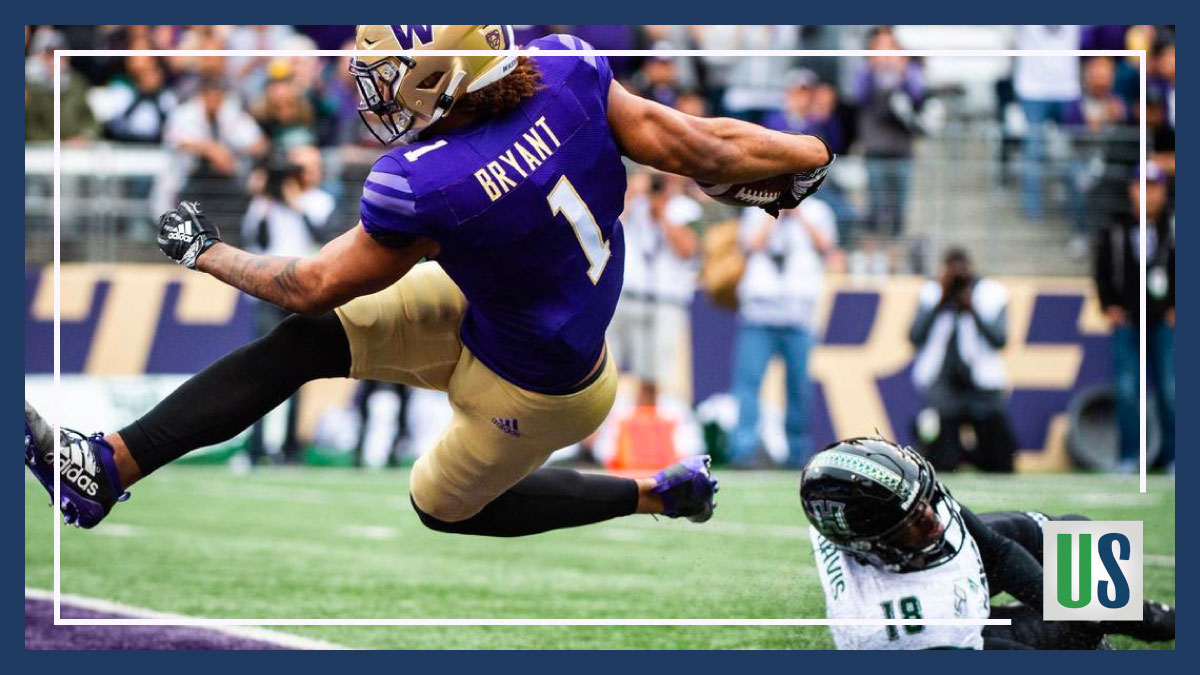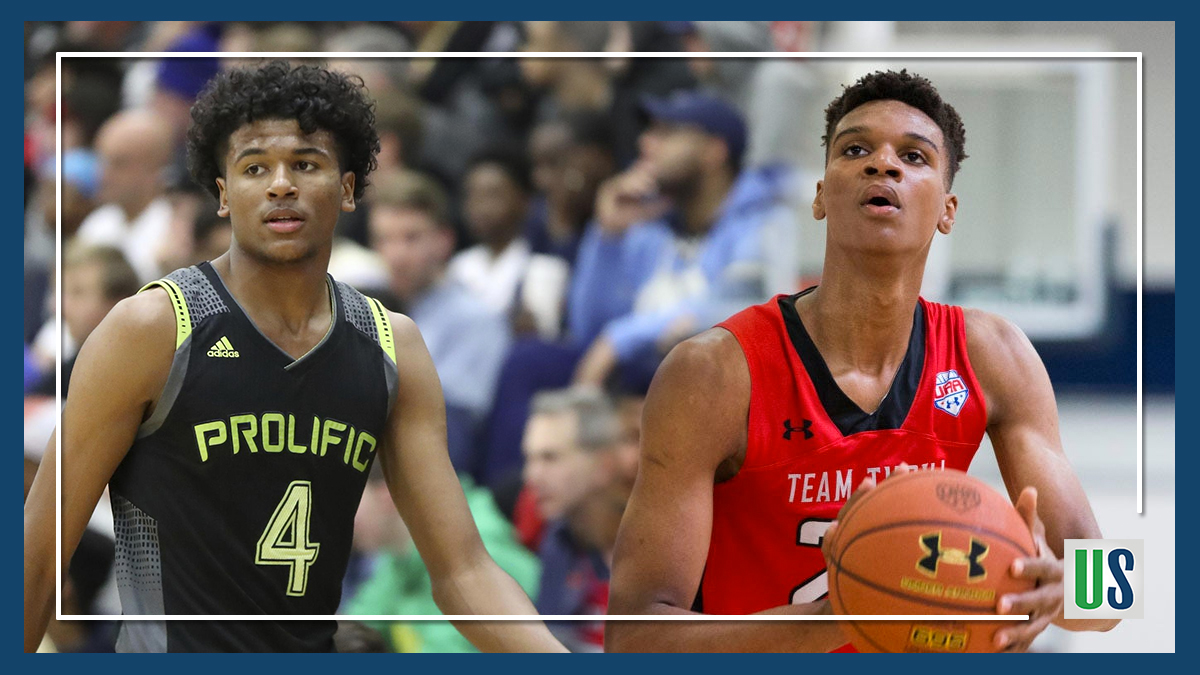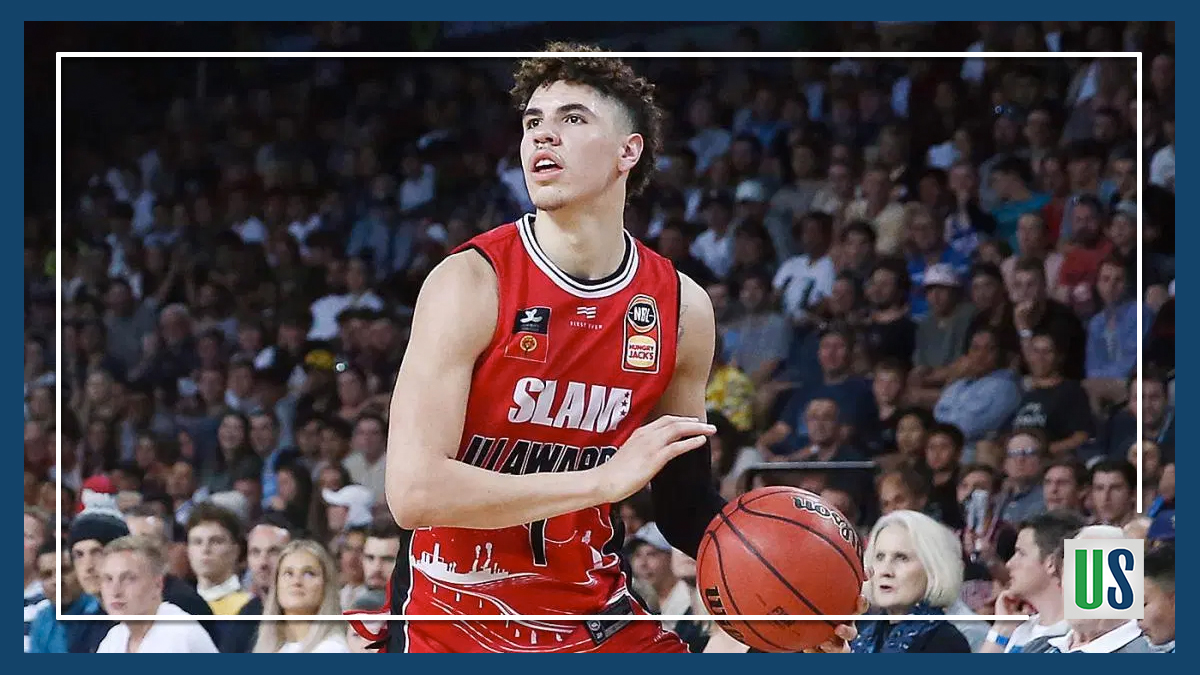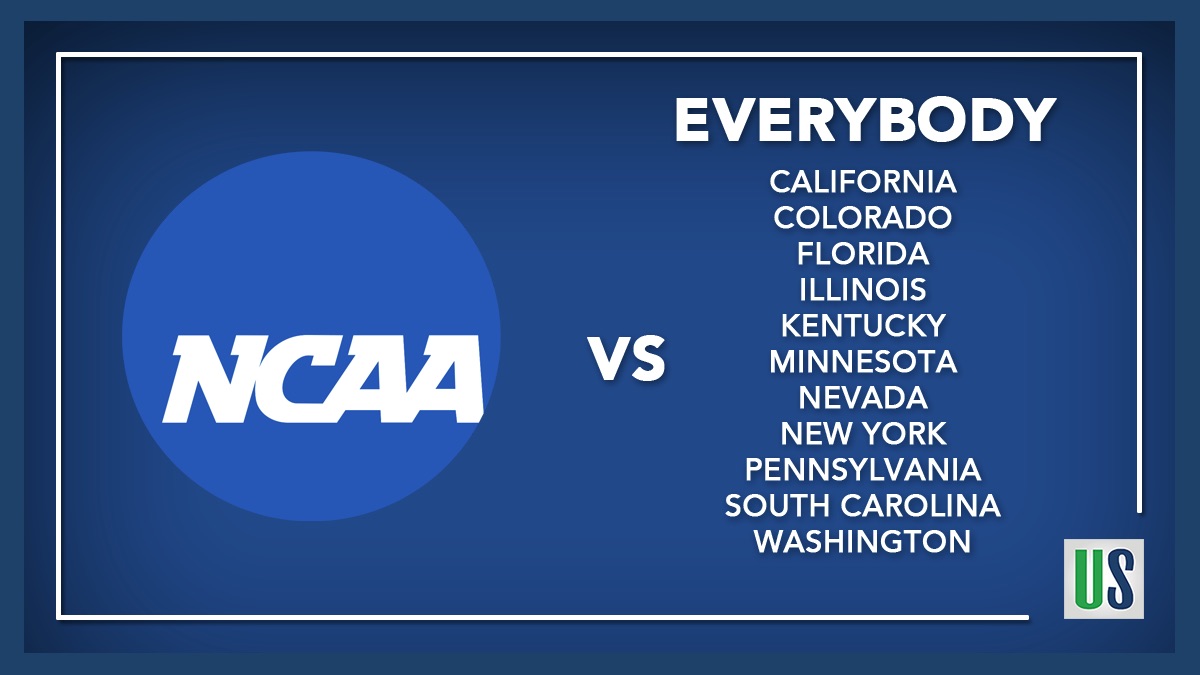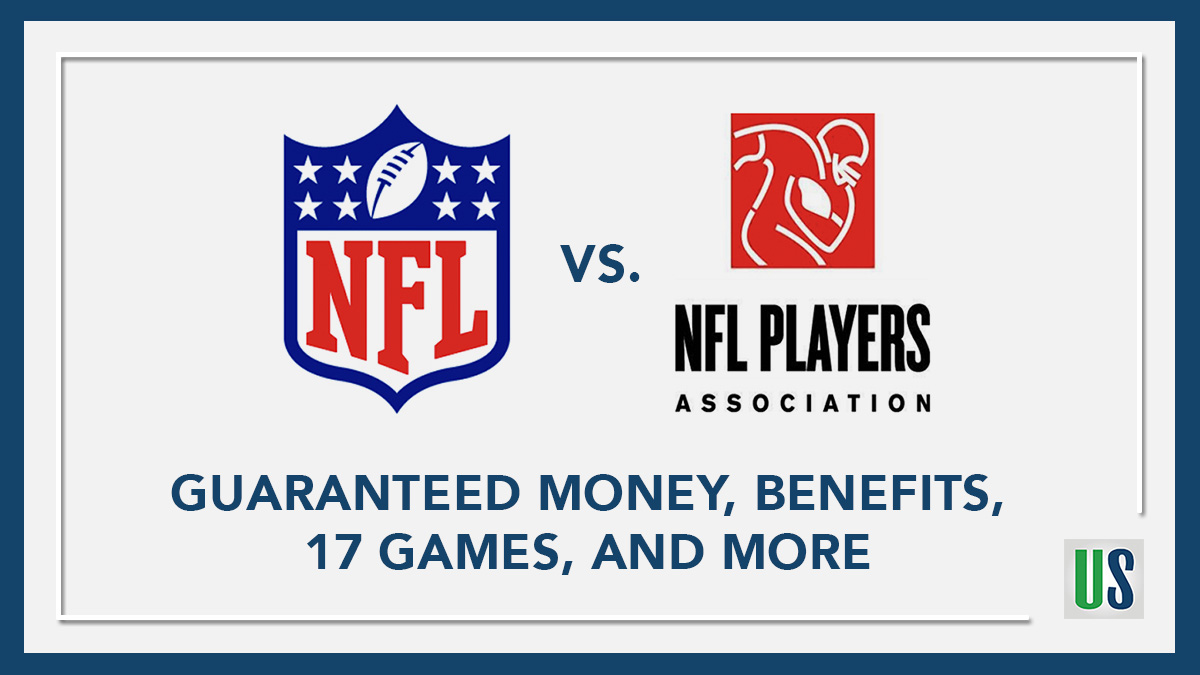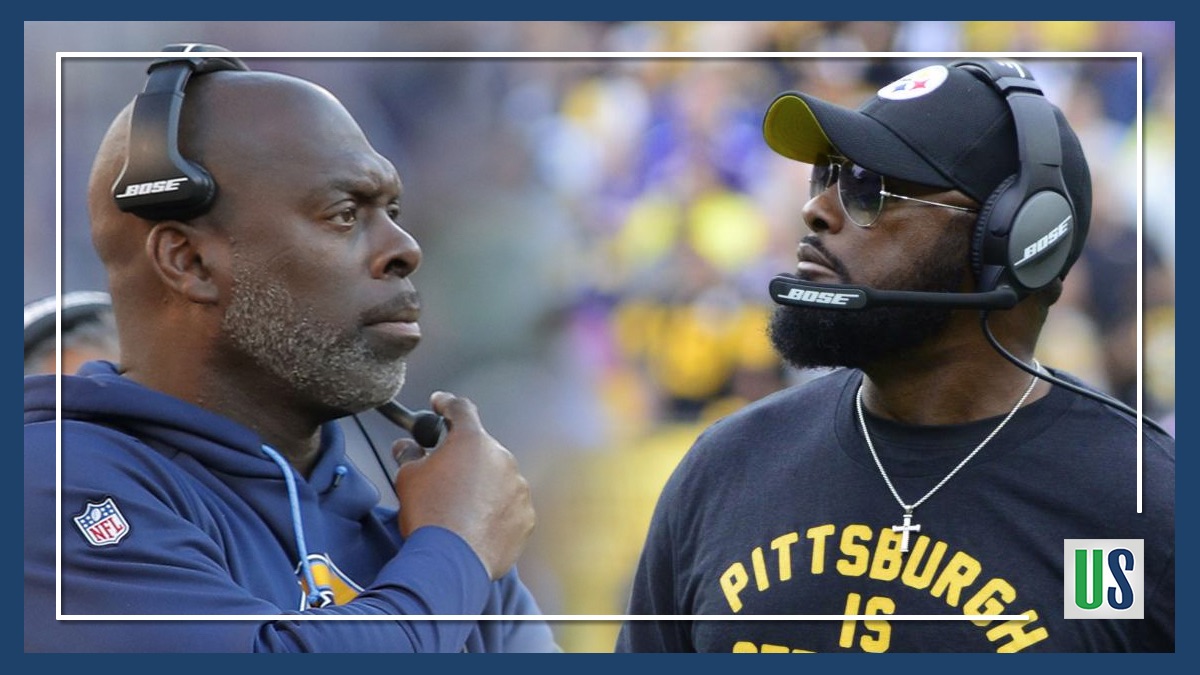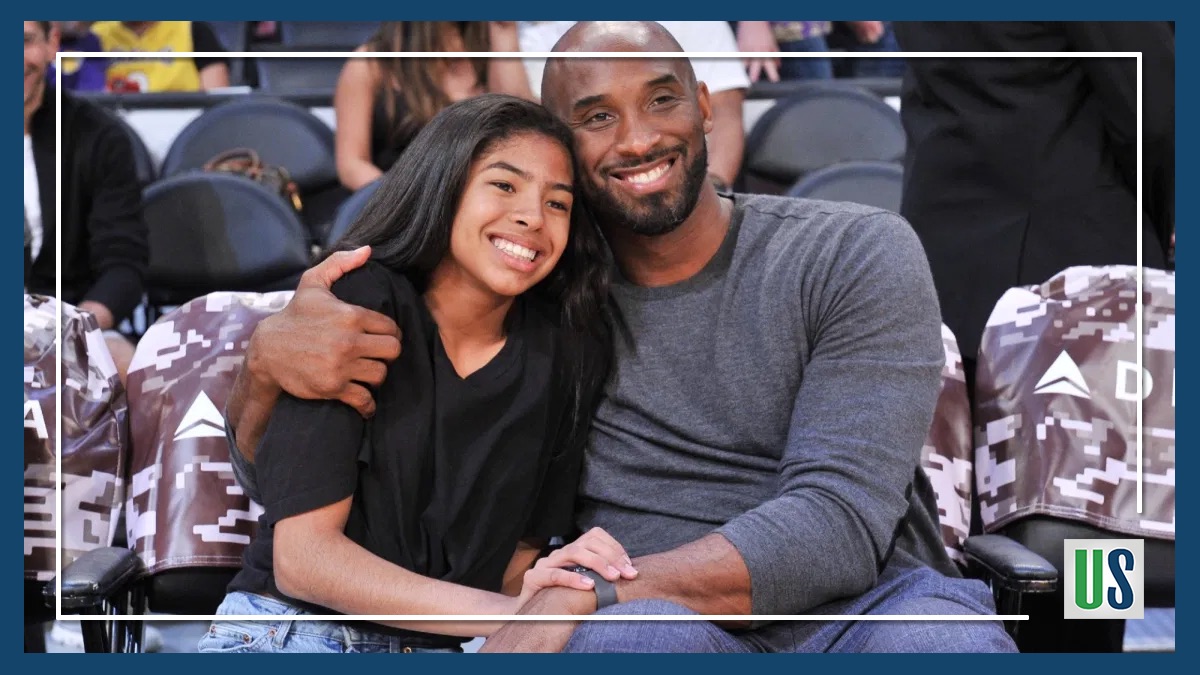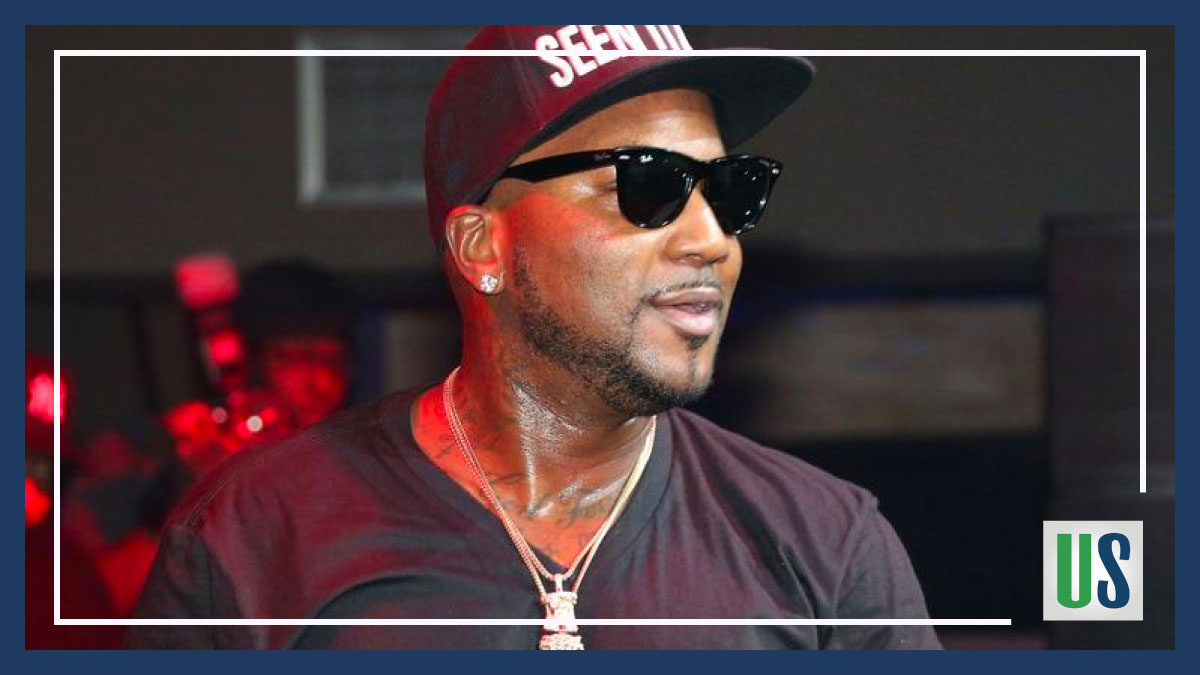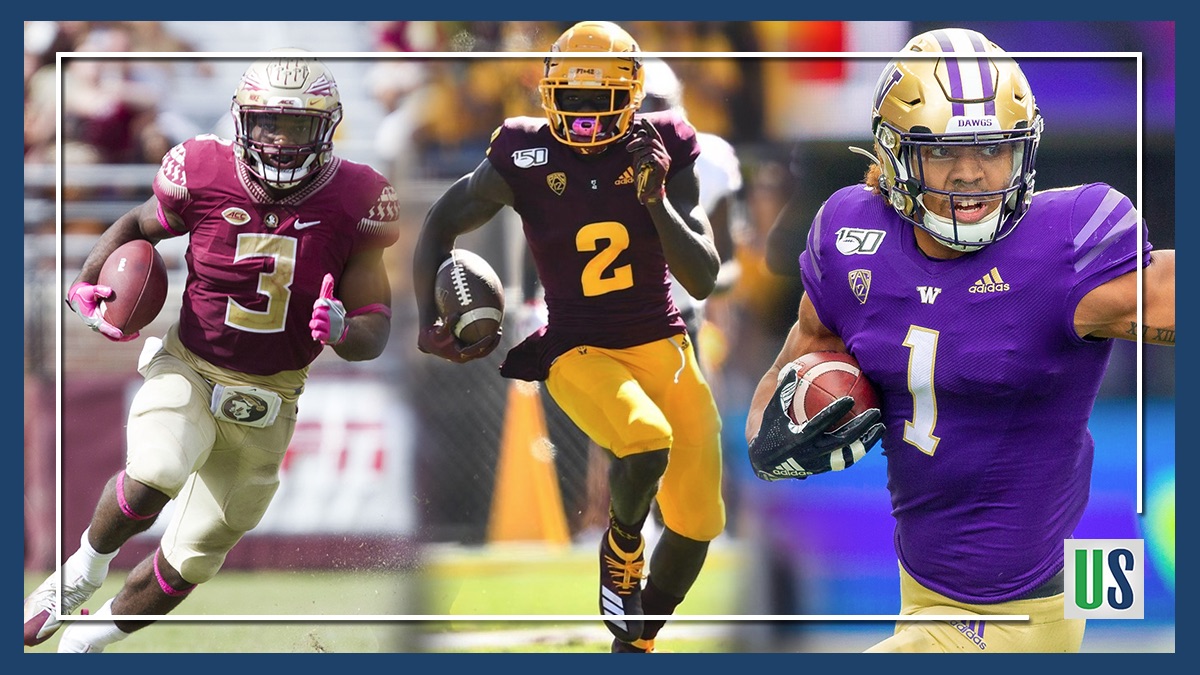The 2020 NFL Draft was definitely one to remember. It was completely virtual due to the Coronavirus. Potential draft picks watched at home. They awaited a phone call informing them that they were selected by an NFL team. Elite players, like Joe Burrow and Chase Young, accomplished their goal of being a first-round NFL Draft pick. However, many NFL Draft hopefuls did not realize their dream of being selected in the NFL Draft. Unfortunately, for many of those players, their football career as players may be over. It is true that many of them will attempt to earn a spot on a team as an undrafted free agent. Entering the NFL as an undrafted free agent is not easy and will not happen for all of them. This realization is especially unfortunate for draftees who left college early to enter the NFL Draft.
Every year, some college football players decide to forego their remaining college eligibility to enter the NFL Draft. NFL rules require draft entrants to be out of high school for three years and to have used all of their college eligibility before the start of the next college football season. However, college players with remaining eligibility request league approval to enter the NFL Draft early. 99 players were granted special eligibility for the 2020 draft. This means that 99 players who had remaining college eligibility gave up their remaining eligibility for a shot at the NFL. Despite the fact that only 1.5 percent of college football players go pro, 99 players still thought it was best to enter the draft. Why do college football players make the decision to forego their remaining eligibility given the odds of making it to the NFL?
Reasons College Football Players Leave College Early to Enter the NFL Draft
There are many reasons college football players forego their remaining college eligibility to enter the NFL Draft. There are two reasons that stick out the most. One reason is due to the unrealistic sense that many college football players have about their prospects of being drafted. Many college football players prematurely forego their remaining college eligibility to enter the NFL Draft, even though they are not ready. Another reason college football players forego the remaining college eligibility because some from disadvantaged backgrounds and need to make money. College sports is a billion-dollar business but the players’ only compensation is a cost-of-attendance scholarship. While a scholarship is valuable that does not mean that players should be limited to only that.
Listen to the Best College Football Podcast
College Football Players who Come From Disadvangeted Backgrounds Would Greatly Benefit from Getting into the NFL as Quickly as Possible
Roughly 86 percent of African-American college athletes come from families that live below the poverty line. Since the Coronavirus pandemic, the inequities that many college athletes face have become even more visible. For example, Sam Williams, a University of Mississippi linebacker, tweeted about the hardships he is facing since being unexpectedly home from school. Specifically, Williams tweeted:
“We worked so hard to get out of the hood but forced to go back to the hood…Still gotta pay rent so all of our money gone and I can’t swipe my ID nowhere in Alabama. Then if we get help it’s a ‘violation’. I just don’t understand.”
Williams highlighted a problem that may college athletes are facing. A study conducted by the Hope Center for College, Community, and Justice prior to the pandemic highlights many of the issues that college athletes face. 452 Division I athletes were surveyed. 24 percent of them suffered from food insecurity in the 30 days prior. Food insecurity is defined by the United States Department of Agriculture as the lack of consistent access to enough food for an active, healthy life. The survey sheds light on the issue of food scarcity amongst college athletes across all the divisions. Williams’ tweet and the survey’s findings further demonstrate the needs of many college athletes, particularly those who come from disadvantaged backgrounds.
Everybody Gets Rich Except the Players
Furthermore, Williams’s tweet and the survey certainly make it clear why a college football player would leave college football eligibility on the table for a shot at the NFL. Due to the NCAA’s asinine amateurism rules, college football players are precluded from sharing in the billions they generate outside of a cost-of-attendance scholarship. While coaches, athletic directors, and other sports administration personnel make millions, the players are capped to a scholarship.
As Williams tweeted, college athletes cannot receive any assistance that is not first approved by the NCAA. If an athlete does, he will be subject to an NCAA violation, just ask Chase Young. Why would an athlete remain apart of a system that stops them from earning their true worth and risk injury, while everyone else makes millions?
The Good News is that the NCAA Can Fix Both of These Problems and Retain College Football Players
The NCAA can fix these problems and retain college football players if they would simply amend their rules. One way the NCAA can fix this problem is by allowing college athletes to profit from their name, image, and likeness (NIL). After mounting pressure, the NCAA is finally on the track to allow that to happen. If the NCAA does this, it could take the pressure off of players to go pro to make money. Last month, the NCAA announced that they are moving toward allowing college athletes to profit from their NIL. However, only time will tell how much the NCAA will amend their current rules to actually help the athletes.
Currently, college football players cannot return to college football after they enter and go through the NFL Draft even if they have remaining eligibility. Why is this the case? How does this benefit the football players? How does it benefit college football? The truth is that these rules do not benefit the players nor college football. This is another way the NCAA can fix their problems. The NCAA should change its rules to allow players who are not drafted to return to college football. It is time for things in college football to change. Change is more than possible, just look at recent changes in college basketball.
Recent Changes in College Basketball
Sweeping changes have come to college basketball during the last four years. In 2017, a scandal was exposed in college basketball. Soon after, the NCAA amended college basketball rules. The NCAA began to allow NBA Draft entrants with remaining eligibility to return to college. Prior to entering the NBA draft, the player must seek an evaluation from the National Basketball Association’s Undergraduate Advisory Committee. If the player intends to return to college, he must remove his name from the draft list and declare his intent to return to college within 10 days of the conclusion of the NBA Draft combine. These types of rule changes are exactly what the NCAA should adopt in college football.
The NCAA Should Allow College Football NFL Draft Entrants to Return If Undrafted
Two former NFL Players who entered the league as undrafted free agents agree that college football players could benefit if the NCAA made changes to their rules. Patrick Cobbs entered the NFL as an undrafted free agent. He believes that college football players could benefit from being able to return to college after entering the NFL Draft. Cobbs, a running back, led the nation in rushing in 2003. As a junior, Cobbs was projected to be a second or third-round draft pick. He stated that if he had the option to try his chances at the NFL Draft and return to college if undrafted he would have taken advantage of it.
Greg Camarillo also entered the NFL as an undrafted free agent. He also believes that college football players could benefit from being allowed to return to college football after the NFL Draft. Both Cobbs and Camarillo believe that an advisory committee should be created for potential draft entrants. Camarillo stated that the committee should create a program to give the players a realistic sense of their chances in the draft. Potential draft entrants should be required to consult the committee before entering the draft.
Both Cobbs and Camarillo do not think that agents should be a part of the committee due to potential bias. They suggest that the committee be made up of former NFL scouts, former coaches, and former NFL and college players. Camarillo suggests that the advisory committee’s evaluations take place immediately after the college football post-season.
The NCAA Should Be Proactive in Making These Changes in College Football
If the NCAA adopted these changes it could greatly change the landscape of college football for the betterment of the players. A player should not be forced to forego his remaining college eligibility just because he entered the draft. The idea of college football players being able to return to college if undrafted is gaining traction amongst prominent college coaches. Recently, the University of Michigan coach, Jim Harbaugh, released a proposal in support of this issue. He suggested that undrafted players be allowed to return to college. The NCAA needs to take note and make changes before they are forced to like they were with basketball.

